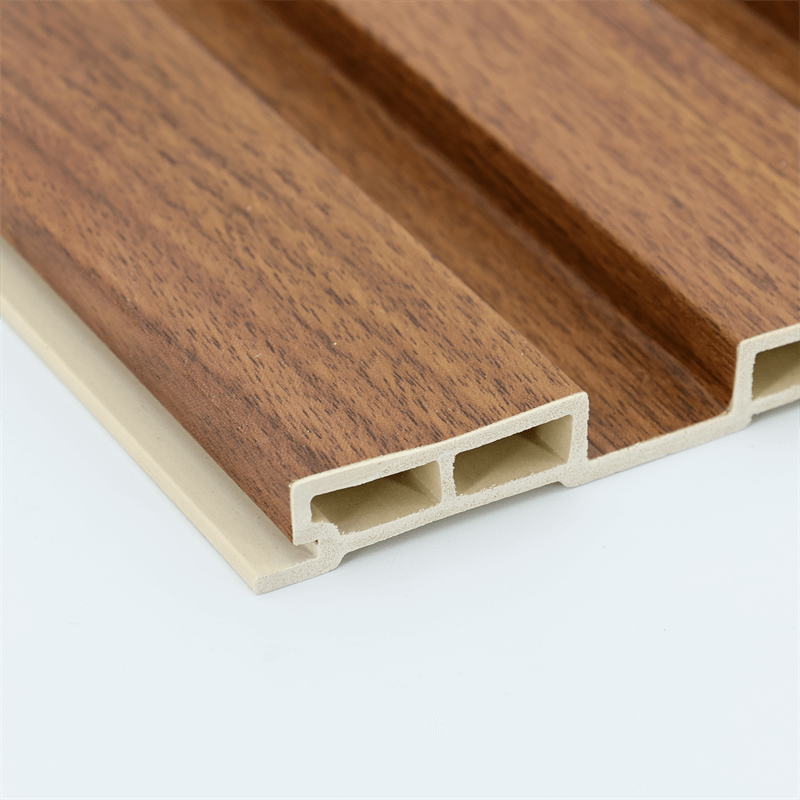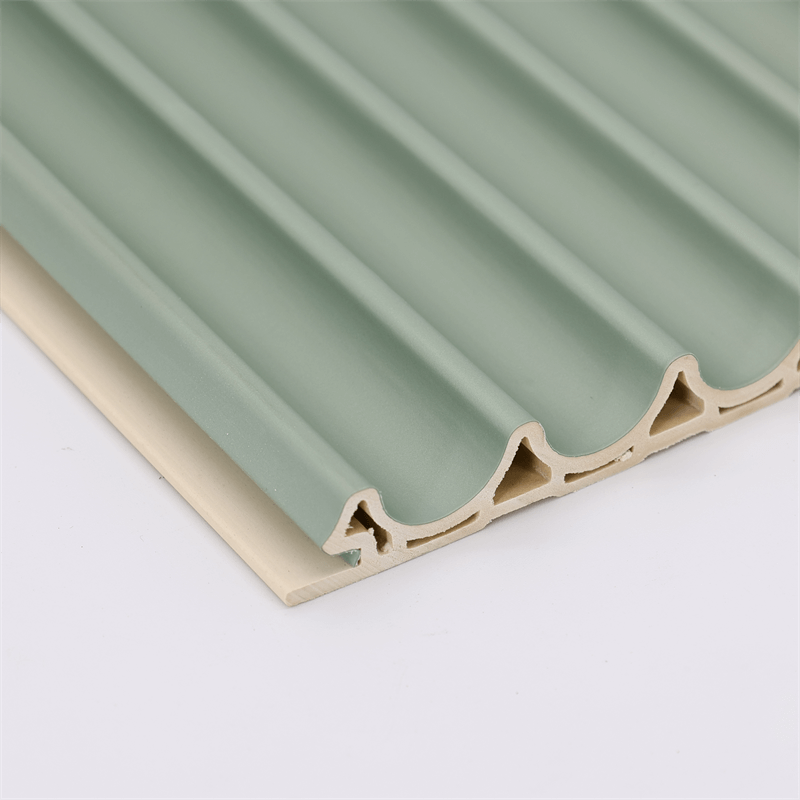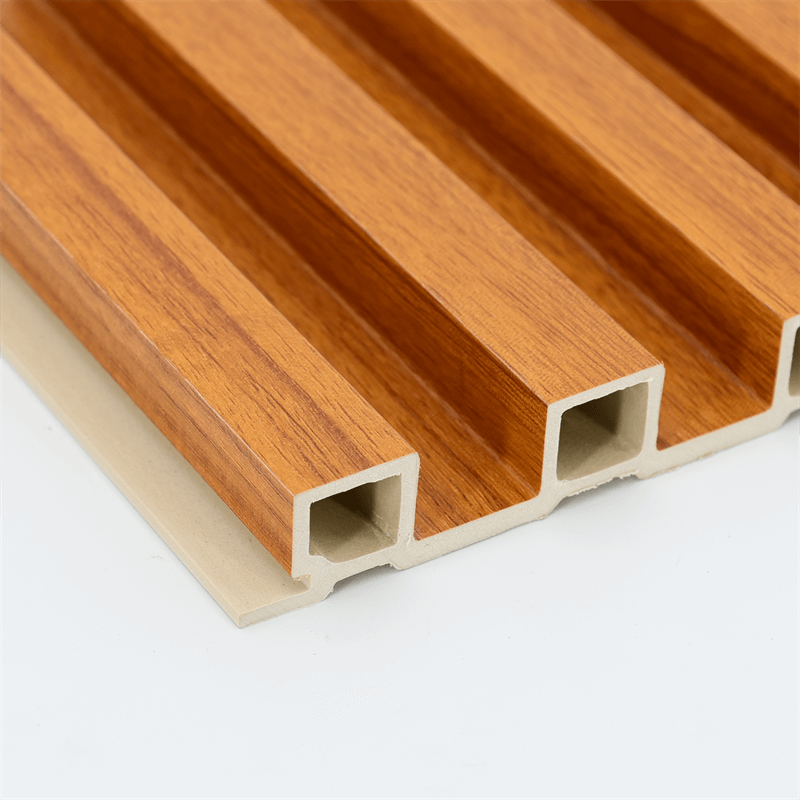When it comes to interior design, paint and wallpaper have long been the go-to options for transforming walls.
However, there is a versatile alternative that is gaining popularity among designers and homeowners alike: WPC (Wood Plastic Composite) wall panels.
These innovative panels offer a wide range of benefits and design possibilities that go beyond traditional paint and wallpaper.
In this essay, we will explore the versatility of WPC wall panels and how they can be used to create stunning and unique interiors.
We will delve into four key aspects that highlight the advantages and creative potential of WPC wall panels.
I. Aesthetic Appeal: Elevating Interior Design
- Texture and Dimension: WPC wall panels offer a variety of textures and surface finishes, allowing designers to add depth and dimension to their spaces. From embossed patterns to three-dimensional effects, these panels create a tactile experience that goes beyond the flatness of paint or wallpaper.
- Mimicking Natural Materials: WPC panels can replicate the look and feel of various natural materials such as wood, stone, and brick. With advanced printing technology, these panels can achieve a remarkably realistic appearance, providing the aesthetic appeal of natural materials without the drawbacks of maintenance or cost.
- Customization Options: WPC wall panels can be customized to suit any design style or theme. They come in a range of colors, patterns, and sizes, allowing designers to create unique and personalized interiors. Whether it’s a sleek and modern look or a rustic and traditional ambiance, WPC panels can be tailored to meet specific design preferences.
- Seamless Integration: Unlike paint and wallpaper, WPC wall panels offer a seamless and consistent look. They can be installed as full panels, eliminating the need for seams or joints. This seamless integration enhances the overall aesthetic appeal of the space and creates a cohesive and polished look.
II. Durability and Longevity: Practical Advantages
- Moisture Resistance: WPC wall panels are highly resistant to moisture, making them ideal for areas prone to humidity or moisture, such as bathrooms and kitchens. Unlike wallpaper, which can peel or warp when exposed to moisture, WPC panels maintain their integrity and appearance over time.
- Impact and Scratch Resistance: WPC panels are designed to withstand everyday wear and tear. They are highly resistant to impacts and scratches, making them a practical choice for high-traffic areas or spaces frequented by children or pets. Unlike painted walls that may require frequent touch-ups, WPC panels retain their pristine appearance for longer periods.
- Easy Maintenance: WPC wall panels are low-maintenance compared to painted or wallpapered walls. They can be easily cleaned with a damp cloth, and they do not require regular repainting or reapplication of wallpaper adhesive. This saves time and effort in the long run, making WPC panels a convenient option for busy households or commercial spaces.
- Longevity: WPC panels are designed to last. They are resistant to fading, chipping, and warping, ensuring that the beauty of the walls remains intact over time. With proper installation and maintenance, WPC panels can retain their appeal and functionality for many years, providing a long-lasting solution for interior walls.
III. Versatile Applications: From Walls to Beyond
- Feature Walls: WPC panels can be used to create stunning feature walls that become focal points in a space. Whether it’s a living room, bedroom, or commercial setting, a feature wall made of WPC panels adds character and visual interest, instantly transforming the ambiance of the room.
- Ceiling Treatments: WPC panels are not limited to walls; they can also be used for ceiling treatments. Installing WPC panels on the ceiling adds a unique and unexpected element to the design, creating a cohesive and visually striking look.
- Furniture and Cabinetry: WPC panels can be applied to furniture pieces and cabinetry, providing a cohesive design element that ties the space together. By using WPC panels on furniture surfaces, such as sideboards or entertainment units, designers can create a seamless integration between the walls and the furniture, enhancing the overall aesthetic appeal of the room.
- Commercial Applications: WPC panels are widely used in commercial spaces such as restaurants, hotels, and retail stores. They offer a durable and visually appealing solution for high-traffic areas that require both style and practicality. From creating an inviting ambiance in a restaurant to showcasing products in a retail store, WPC panels can elevate the interior design of commercial spaces.
IV. Conclusion:
WPC wall panels have emerged as a versatile alternative to traditional paint and wallpaper, offering a multitude of benefits and design possibilities.
With their aesthetic appeal, durability, and versatility, WPC panels have transformed interior design by providing an innovative solution for creating stunning and unique spaces.
Whether it’s adding texture and dimension, mimicking natural materials, or exploring versatile applications, WPC wall panels offer endless opportunities to elevate interior design.
By venturing beyond paint and wallpaper, designers and homeowners can unlock the potential of WPC panels and create truly exceptional interiors that leave a lasting impression.



